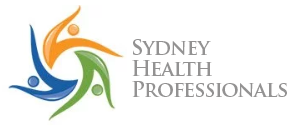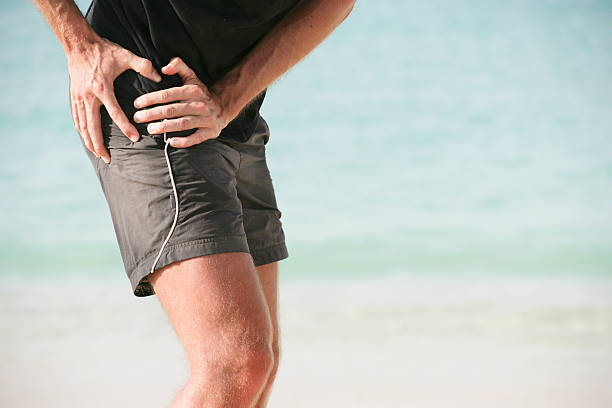The Hip Pain Problem
In my job as an Osteopath, I see a large number of women and men aged 35-60 with quite painful and achy hips who are limited by their pain.
Hip pain is a classic symptom seen in gluteal tendonitis, trochanteric pain syndrome, lateral hip bursitis, trochanteric bursitis, or hip abductor tendonitis. It is much more common in women, at a 4:1 ratio.
One of the most frustrating things for sufferers is that the pain starts off very gradually and cannot be linked to any definitive event like an injury or fall. But once the condition has set in it often hounds the person over months or even years, easing over periods of lower activity and flaring up when they become more active.
Discomfort sleeping and ache or stiffness upon rising are key indicators of this condition. It may hurt to sleep on one or both sides (bilaterally) which makes sleeping very difficult. Walking and standing may also be painful as the pain is mostly around the side of the hips but can exist over the buttocks too. It is usually quite a dull and aching pain but there can be spots that are exquisitely painful to press. The pain can refer to the groin or down into the side of the leg as far as the knee and sometimes beyond.
About two-thirds of people will have back pain or hip arthritis as well, contributing to increased stress on the hip muscles and tissues.
If you or a loved one suffers from hip pain
Here’s what we can do:
- Firstly, don’t despair. Do your therapy and rehabilitation exercises and you will recover. Be patient!
- Secondly, stop stretching. Yes, you read that right. If it’s a true tendonitis issue it might NOT benefit from stretching. Stretching compresses the irritated tendon, disturbing the blood flow in a negative way for the healing tendons.
- Thirdly, modifying your routine is absolutely essential. You will benefit from a period of rest and then a slow, graded reintroduction of the activities you love. This is the backbone of your rehabilitation process. Around this plan, you can do anything that makes your hip or hips feel better but try to avoid and limit activities that make the pain worse.
- Fourth, get strong… Carefully. Research has proven that careful strengthening programs work. They allow the tendon to heal properly and also increase the muscle and tissue conditioning. This makes the load on the hip more manageable and leads to less chance for relapse.
The difficulty is always in avoiding over-doing it and this is where an Osteopath can be very useful. We can help establish an achievable exercise routine that will quickly improve your symptoms.
Make an appointment today to see one of our Osteopaths and discuss how we can create an individualised plan to get you back to optimum health.
References for this article came from a number of research articles on lateral hip pain syndromes and also from specialist podcasts and conference talks.

